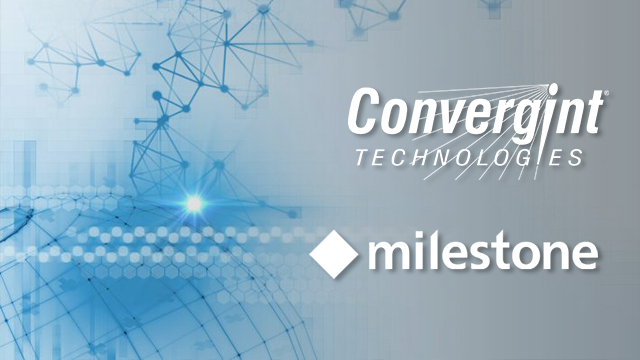Graphical Processing Units (GPUs) are accelerating data management, with advances that enable compute power to support machine learning and artificial intelligence (AI). The revolution of AI, powered by advances in the GPU, will fuel a new wave of innovation in the security industry on a level not seen since the introduction of the IP camera. The GPU revolution will be that disruptive.
Software Parallelization
Convergint, partners with Milestone Systems, who has moved to a new GPU compute platform by recoding their XProtect® video management software (VMS) to use a new type of coding called parallelization. Software parallelization is a coding technique that breaks a single problem into hundreds of smaller problems.
The software can then run those 100 or 1,000 processes into 1,000 processing cores, instead of waiting for one core to process the data 1,000 times. With parallelization, there is a quantum leap forward in how quickly problems can be solved—and the faster we solve problems, the deeper we can go with the data sets that can be processed.
Due to the previous limitations of hardware processing power, machine learning could only deploy shallow learning of very large data sets. This shallow learning is like looking at data in just three dimensions. With recent, significant advances in processing power of GPUs, we can now utilize a deep-learning approach to look at data in many more levels or dimensions, hence the word “deep”.
Convergint technology partner NVIDIA invented the GPU, and they are driving machine-to-machine communication at an exponential rate. One of NVIDIA’s GPUs offers 5,000 cores, meaning that 5,000 problems can be processed in a nanosecond, and we’re hardly using any of those cores yet.
Users are decoding the video, doing motion detection, but then there’s still a significant amount of resources available. The processing power is there, then users can extract all the data out of that, have that aggregated, and start creating automation.
Efficient Innovation
In addition, high-performing software reduces the need for large servers, which leads to lower hardware costs. In smaller integrated installations, this means that the video solution can run on a smaller, more cost-effective server.
Larger installations will also be able to manage with a smaller number of recording servers, saving not only on server hardware but also on the operational costs, as the needed IT infrastructure gets simplified.
A recording server can be upgraded to handle more cameras by adding a compatible NVIDIA card to the server. This requires minimal downtime, does not need changes in the infrastructure, and improves performance. It is a much simpler way to upgrade the capacity of a system, than either upgrading to a larger server or adding more servers.
Tomorrow’s intelligent video business systems will need to handle massive amounts of data not only from cameras but also from all kinds of sensors in an Internet of Things context. The only way to handle all that data is to use the enormous processing power in the GPU. This means that investing today in a system with the ability to add hardware acceleration is the best way to prepare for an intelligent tomorrow.

